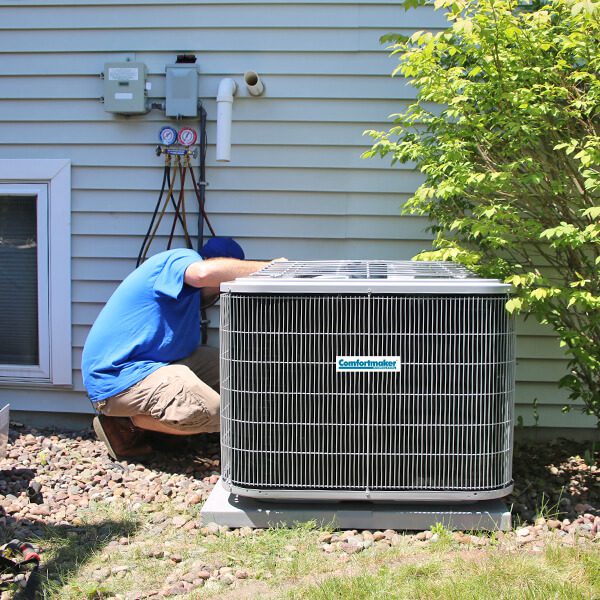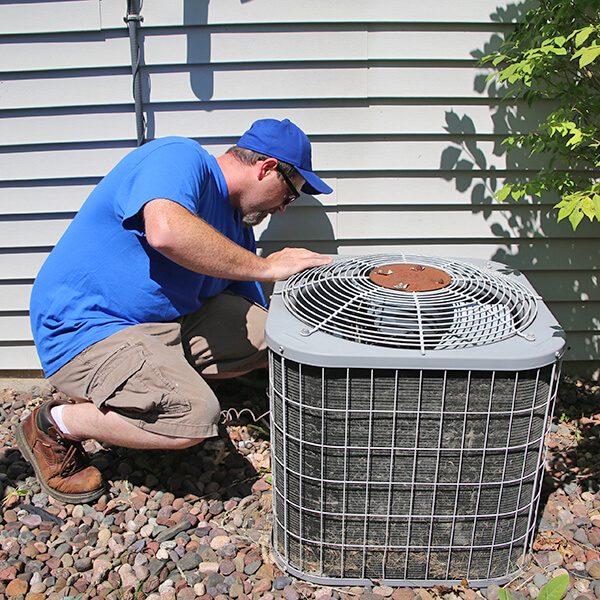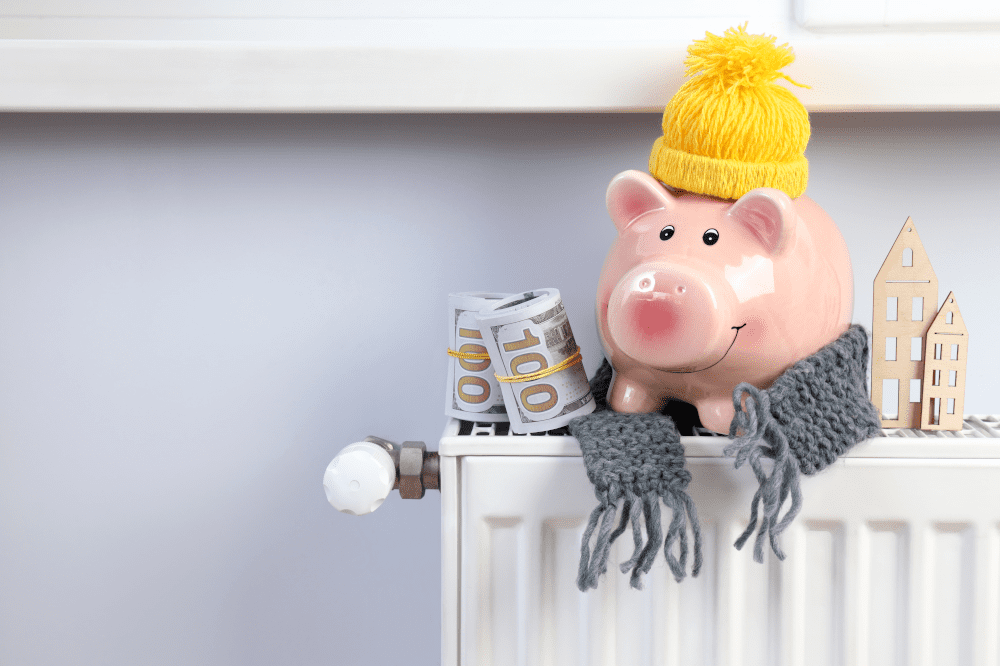
In Central Florida’s warm and humid climate, air conditioners are a necessity operating most of the year, keeping our homes cool and comfortable. With cooling costs representing up to 50% of utility costs and Florida’s above-average electric rates at 11.65 cents per kilowatt-hour (kWh), many Floridians are looking for ways to conserve energy and reduce costs. Considering that an average air conditioner consumes over 2,000 kilowatt-hours of electricity every year, upgrading to a new energy-efficient model can cut energy costs by an average of 30% – a substantial annual cost savings.
 Understanding the Seasonal Energy Efficiency Ratio (SEER)
Understanding the Seasonal Energy Efficiency Ratio (SEER)
The Seasonal Energy Efficiency Ratio or SEER is a measurement that helps consumers compare the energy performance of air conditioner models. In 2015, new Federal regulations mandated higher SEER ratings for air conditioner systems based on geographic locations. Air conditioners and heat pumps sold in Florida are required to have a minimum 14 SEER rating. The higher the SEER, the higher the efficiency.
If your air conditioner is more than ten years old, it likely has a SEER rating of 10 or less, making them at least 40% less energy-efficient than current models. Also, new air conditioners consume up to 50% less electricity than many older models for the same amount of cooling, translating into substantial energy savings.
Getting the Right Size Air Conditioner For Your Home
The SEER rating is only one part of the equation. The other part of the equation is getting the right size air conditioner for your home. If your system is too big, it will not cool your home correctly, negating any cost savings. On the other hand, an undersized air conditioner will not be able to meet your home cooling needs on those hot summer days resulting in increased energy costs and additional wear and tear.
 The size of air conditioners is measured in tons. One ton of air conditioning removes 12,000 BTUs of air per hour. So, the higher the ton, the bigger the unit. The right size unit for a home is based on square footage, insulation, ducts, and other factors.
The size of air conditioners is measured in tons. One ton of air conditioning removes 12,000 BTUs of air per hour. So, the higher the ton, the bigger the unit. The right size unit for a home is based on square footage, insulation, ducts, and other factors.
Calculating Your Cost Savings
From 1992 until 2005, the minimum Federal SEER rating for air conditioners was 10. Many homeowners still have these older, less efficient units in operation. However, you can obtain substantial cost savings by upgrading to a new energy-efficient model. For example, replacing an outdated 9 SEER air conditioner with a 1.5-ton 14 SEER unit will reduce energy costs by more than 35% resulting in a cost savings of over $3,300 in 10 years. Upgrading an older 10 SEER unit with a new 16 SEER, 2-ton air conditioning system will cut energy costs by nearly 40%, saving about $400 per month or more than $2,000 in 5 years. Your HVAC system professional will recommend the right size system for your home heating and air conditioning needs and budget.
continue reading
Related Posts
Reducing Heat Loss and Lowering Energy Bills Some might not […]
The equipment that comes with your pool, the swimming pool […]
Sometimes the hardest part of a task is choosing a […]



